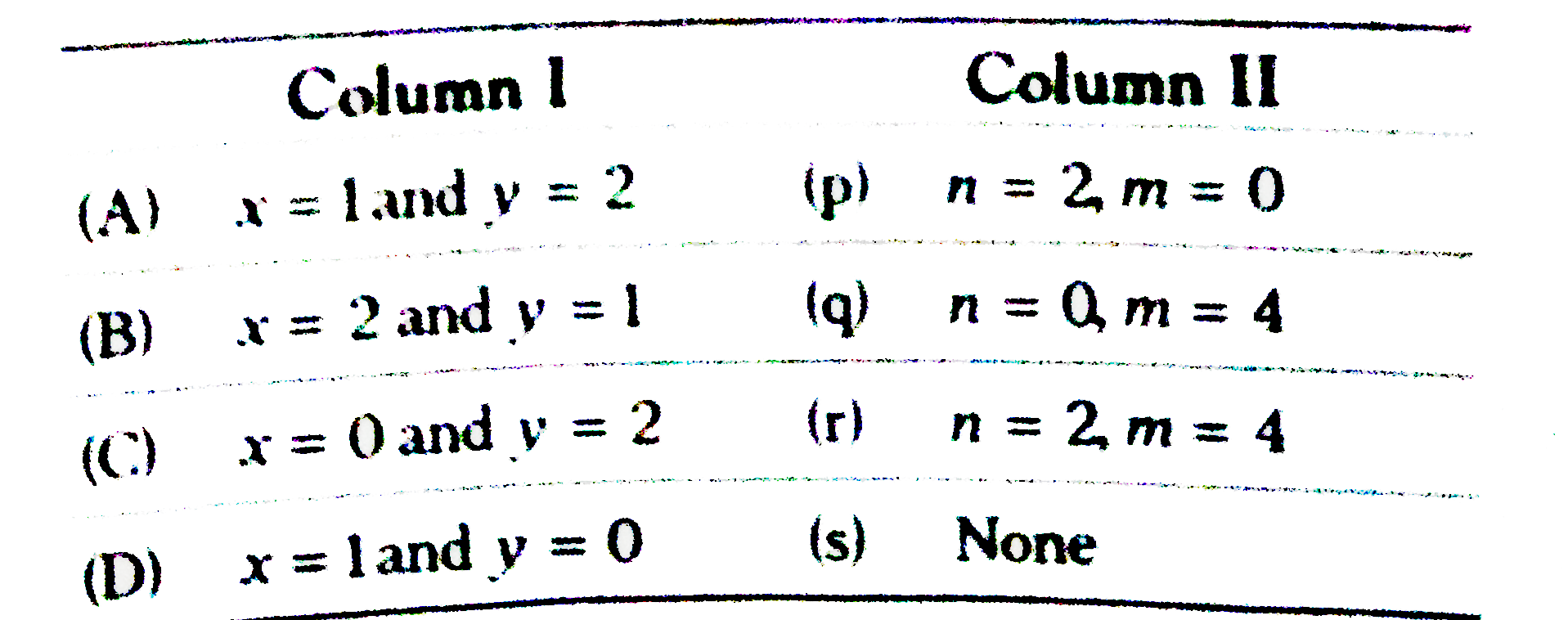Which one of the following processes α,β⊕,βo−, or K-capture cause
a. An increase in atomic number
b. A decrease in atomic number
c. Emission of X-rays
To solve the question regarding the processes of alpha decay, beta plus decay, beta minus decay, and K-capture, we will analyze each process step by step to determine their effects on atomic number and the emission of X-rays.
1. Alpha Decay:
- An alpha particle consists of 2 protons and 2 neutrons (essentially a helium nucleus).
- When an atom undergoes alpha decay, it loses 2 protons and 2 neutrons.
- Effect on Atomic Number: Decreases by 2.
- Conclusion: Alpha decay causes a decrease in atomic number.
2. Beta Plus Decay (β⁺):
- In beta plus decay, a proton in the nucleus is converted into a neutron, and a positron (the beta plus particle) is emitted.
- Effect on Atomic Number: Decreases by 1 (since a proton is lost).
- Conclusion: Beta plus decay causes a decrease in atomic number.
3. Beta Minus Decay (β⁻):
- In beta minus decay, a neutron in the nucleus is converted into a proton, and an electron (the beta minus particle) is emitted.
- Effect on Atomic Number: Increases by 1 (since a proton is gained).
- Conclusion: Beta minus decay causes an increase in atomic number.
4. K-Capture:
- K-capture involves an electron being captured by the nucleus, which converts a proton into a neutron.
- Effect on Atomic Number: Decreases by 1 (since a proton is lost).
- Conclusion: K-capture causes a decrease in atomic number.
5. Emission of X-rays:
- During K-capture, when the electron from the K-shell is captured, an electron from a higher energy level may fall into the K-shell to fill the vacancy. This transition releases energy in the form of X-rays.
- Conclusion: K-capture results in the emission of X-rays.
Summary of Results:
- Increase in Atomic Number: Beta minus decay (β⁻)
- Decrease in Atomic Number: Alpha decay and Beta plus decay (β⁺), K-capture
- Emission of X-rays: K-capture
- An alpha particle consists of 2 protons and 2 neutrons (essentially a helium nucleus).
- When an atom undergoes alpha decay, it loses 2 protons and 2 neutrons.
- Effect on Atomic Number: Decreases by 2.
- Conclusion: Alpha decay causes a decrease in atomic number.
- In beta plus decay, a proton in the nucleus is converted into a neutron, and a positron (the beta plus particle) is emitted.
- Effect on Atomic Number: Decreases by 1 (since a proton is lost).
- Conclusion: Beta plus decay causes a decrease in atomic number.
- In beta minus decay, a neutron in the nucleus is converted into a proton, and an electron (the beta minus particle) is emitted.
- Effect on Atomic Number: Increases by 1 (since a proton is gained).
- Conclusion: Beta minus decay causes an increase in atomic number.
- K-capture involves an electron being captured by the nucleus, which converts a proton into a neutron.
- Effect on Atomic Number: Decreases by 1 (since a proton is lost).
- Conclusion: K-capture causes a decrease in atomic number.
- During K-capture, when the electron from the K-shell is captured, an electron from a higher energy level may fall into the K-shell to fill the vacancy. This transition releases energy in the form of X-rays.
- Conclusion: K-capture results in the emission of X-rays.
- Increase in Atomic Number: Beta minus decay (β⁻)
- Decrease in Atomic Number: Alpha decay and Beta plus decay (β⁺), K-capture
- Emission of X-rays: K-capture
Topper's Solved these Questions
- NUCLEAR CHEMISTRYBOOK - CENGAGE CHEMISTRY ENGLISHCHAPTER - NUCLEAR CHEMISTRYEXERCISE - Solved Example
18 Videos
- NUCLEAR CHEMISTRYBOOK - CENGAGE CHEMISTRY ENGLISHCHAPTER - NUCLEAR CHEMISTRYEXERCISE - Ex6.1 Objective
15 Videos
- NCERT BASED EXERCISEBOOK - CENGAGE CHEMISTRY ENGLISHCHAPTER - NCERT BASED EXERCISEEXERCISE - Nuclear Chemistry (NCERT Exercise)
29 Videos
- ORGANIC COMPOUNDS WITH FUNCTIONAL GROUPBOOK - CENGAGE CHEMISTRY ENGLISHCHAPTER - ORGANIC COMPOUNDS WITH FUNCTIONAL GROUPEXERCISE - Archives Analytical And Descriptive
24 Videos
Similar Questions
Which of the following processes causes the emission of X-ray?
View SolutionWhich of the following processes result in an increase in the atomic number of a nuclide?
View SolutionThe emission of an α− particle reduces the mass of nuclei by 4 units and increases its atomic number by 2.
View SolutionDensity of alkali metals ................... (decreases / increases) with atomic number.
View Solution.4Be7 captures a K electron into its nucleus .What is the mass number and atomic number of the nuclide formed ?
View SolutionFrom a radioactive substance x numbers of α-particles any y numbers of β-particles are emitted. As a result atomic number decreases by n and mass number by m. Then, match the following two columns.

View SolutionAn elementX decays , first by positron emission and then two α-particles are emitted in successive radiactive decay. If the product nucleus has a mass number 229 and atomic number 89, the mass number and atomic number of element X are.
View SolutionAtomic number after a β-emission from a nucleus having atomic number 40, will be:
View SolutionIn X-ray spectrum wavelength λ of line Kα depends on atomic number Z as
View SolutionGive one example each of (a)α−emission, (b)βc−− emission, and (c)K− capture. Write an equation for these nuclear changes.
View Solution